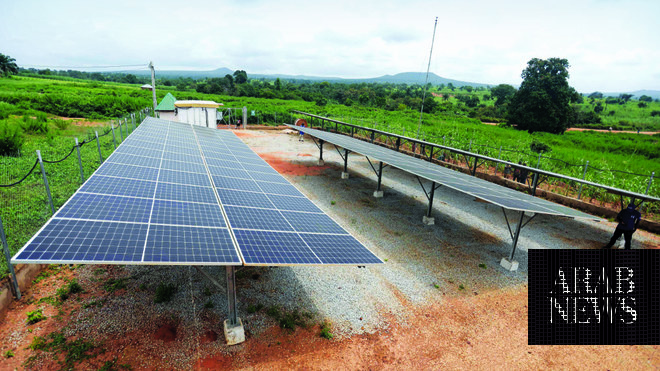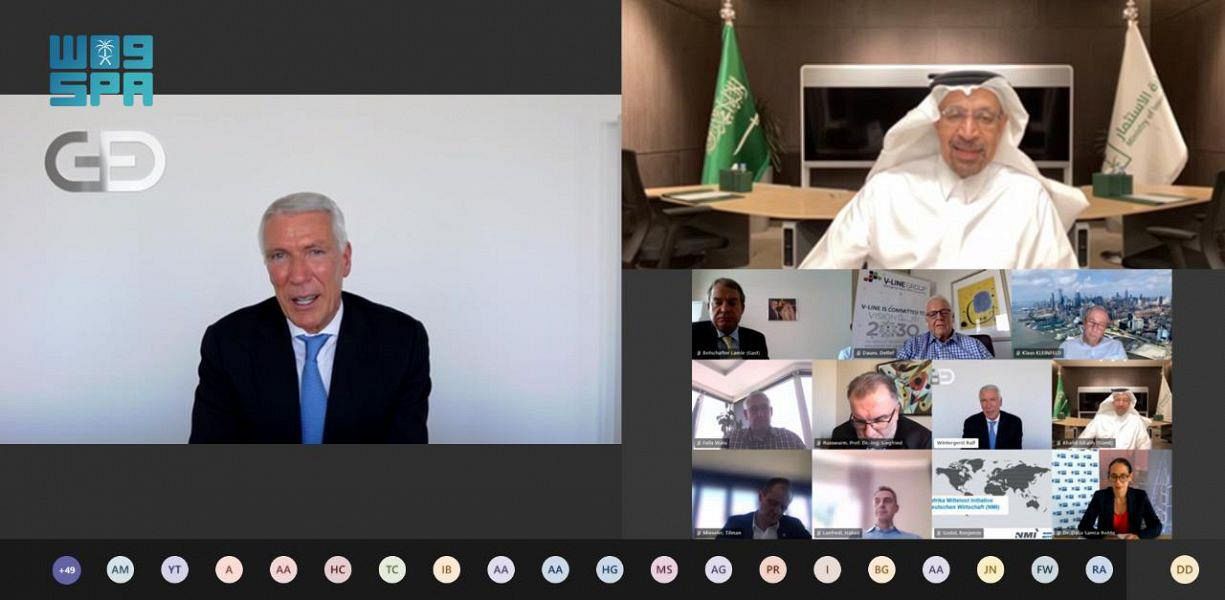
As the world emerges from the series of crises triggered by the COVID-19 pandemic and worsened by the war in Ukraine, one region is being left behind amid the resurgence of foreign direct investment — Africa. Although data highlights Africa’s high rates of return on investment, the continent continues to struggle to translate this and its vast potential into sustainable socioeconomic development. Such a sobering reality calls for a comprehensive reexamination of Africa’s FDI conundrum and how best to harness dwindling inflows to close the $4 trillion investment gap impeding the continent’s sustainable development.
According to the UN, investment flows to Africa dropped from $80 billion to about $45 billion in 2022. While FDI is expected to increase this year, the global environment is much less favorable than before the pandemic and most investments are likely to be concentrated in the oil and gas sectors. Meanwhile, continued disruptions owing to the convulsions in Ukraine and the Black Sea are expected to drive economic contractions among net food importers, further hampering capital inflows targeting non-oil sectors, including mining.
Recognizing Africa’s potential for exponential growth in the mining sector as a result of the global energy transition, forecasters can be forgiven for anticipating an influx of foreign investment within the continent, which holds an estimated 30 percent of the planet’s mineral reserves. Africa possesses an impressive range of minerals, particularly those vital to the energy transition, such as nickel, cobalt, graphite, lithium and rare earth elements.
Nearly four-fifths of the world’s total supply of platinum, half of its manganese and two-thirds of its cobalt come from Africa. The continent also boasts 40 percent of the world’s gold reserves and an astounding 90 percent of its chromium. A single African country, Guinea, outperforms many others globally, producing more than 20 percent of the world’s bauxite, a critical element in aluminum production. However, such vast resource wealth has yet to translate into Africa contributing a greater share to global supply chains. Nor has it sparked a “mineral rush” that often entails sharp increases in investment inflows. The nosedive of investment flows to Africa is a blow not just to the continent’s economies but also to the global efforts to mitigate climate change, reduce migration drivers and achieve the UN’s Sustainable Development Goals. This investment crunch also raises the specter of future crises, likely triggered by climate-related disasters and conflict.
Africa’s burgeoning youth population has also become a ticking time bomb that could ignite social unrest and political instability if left unattended. The absence of sufficient investments to create jobs and opportunities could accelerate this danger. In other words, the declines have evolved beyond mere financial concerns for embattled governments, turning into crisis amplifiers, even though Africa, by virtue of its high returns on investments, should be a magnet for global capital.
Evidently, the economics of investment in Africa are more complex than raw numbers would suggest, since the continent registers, on average, returns exceeding 11 percent, compared with Asia’s 9.1 percent and a global average of 7.1 percent. However, the continent’s share of global net FDI remains alarmingly low.
Thus, a fundamental question arises: Why is Africa, a continent touted as a high-return investment destination, always grappling with diminished FDI inflows?
Historically, economic growth in many developing countries has been stymied by the lack of sufficient capital from national savings to finance value-adding investments. This capital shortage often compelled these countries to resort to international monetary institutions for borrowing, ensuring finance for recurrent expenses and capital expenditures. However, unresolved repayment obligations and the stricter lending conditions of these institutions have increasingly curtailed this avenue of financing development.
In the past, these loans formed a key lifeline for governments of developing countries, viewed as vital infusions for financing. However, the rising spate of defaults, coupled with lenders escalating stringency, are placing limits on borrowing as a viable means of financing their development aspirations. As a result, an alternative path emerged for poorer economies to strategically import capital, while also offering additional benefits, including job creation, access to foreign markets and human capital enhancement through the transfer of skill sets, knowledge and technology.
For these countries, where the investment demand often outstrips domestic savings, the solution was channeling FDI into priority sectors, thereby fostering growth while eschewing unaffordable debt. FDI, given its potential as an engine for growth and development, has since been the focus of many countries seeking to attract these monetary inflows, with policy reforms as their trump cards. Yet, despite these measures, developing countries, particularly those in Africa, continue to grapple with low and unstable FDI flows. This persistent failure to transform the region’s potential into rapid growth in gross domestic product requires an earnest examination of the underlying factors, which go beyond mere economics. To tap its unlimited potential, Africa must deal with the issues of political stability, institutional quality, inadequate human capital and infrastructural shortcomings, which are often directly linked with FDI attraction. Paradoxically, it will take substantial foreign capital inflows to tackle these underlying deficiencies, given the existing lack of resources, limited policy bandwidth and the deprioritization of much-needed reforms.
Naturally, a lack of momentum on the policy front in terms of fundamentally improving FDI attraction only leads to capital flight and periods of unstable inflows, exacerbated by instability at home or major disruptions from abroad, ultimately undermining economic development. In this, Africa can learn from middle-income countries that, even with lower investment yields, manage to attract a larger share of global FDI, underscoring the complex dynamics of global capital flow and the nuanced role of institutional and sociopolitical factors.
For Africa, the resolution lies not merely in boosting return rates on investment, but in cultivating environments that can sufficiently encourage these flows into the region. As such, transforming Africa’s enormous potential into actual, sustainable socioeconomic development calls for an all-round, attentive reassessment — one that is not solely return on investment-focused but also appreciates the roles of sociopolitical stability and institutional robustness. Recognizing and rectifying the underlying factors that divert FDI may be challenging, but it is undoubtedly a challenge worth contending for Africa’s prosperous future.
Ultimately, the decline in investment flows to Africa is not just limited to the continent; it is a global concern. The world cannot afford to sideline the continent that holds the key to many of our most pressing challenges, from climate change to sustainable development. We need to reexamine the factors responsible for the persistent failures at transforming the continent’s enormous potential and high rates of return into rapid GDP growth and sustainable socioeconomic development.
Whether through strengthening political institutions, enhancing human capital or investing in infrastructure, it is high time the world collectively rethought its approaches to investing in Africa beyond poverty eradication and meager improvements in human development indices. It is also about building resilient infrastructure, promoting inclusive and sustainable industrialization and fostering innovation — all of which require substantial investments. Only then can Africa transform from a continent of potential into a continent of prosperity.
Hafed Al-Ghwell is a senior fellow and executive director of the North Africa Initiative at the Foreign Policy Institute of the Johns Hopkins University School of Advanced International Studies in Washington, DC, and the former adviser to the dean of the board of executive directors of the World Bank Group. Twitter: @HafedAlGhwell












